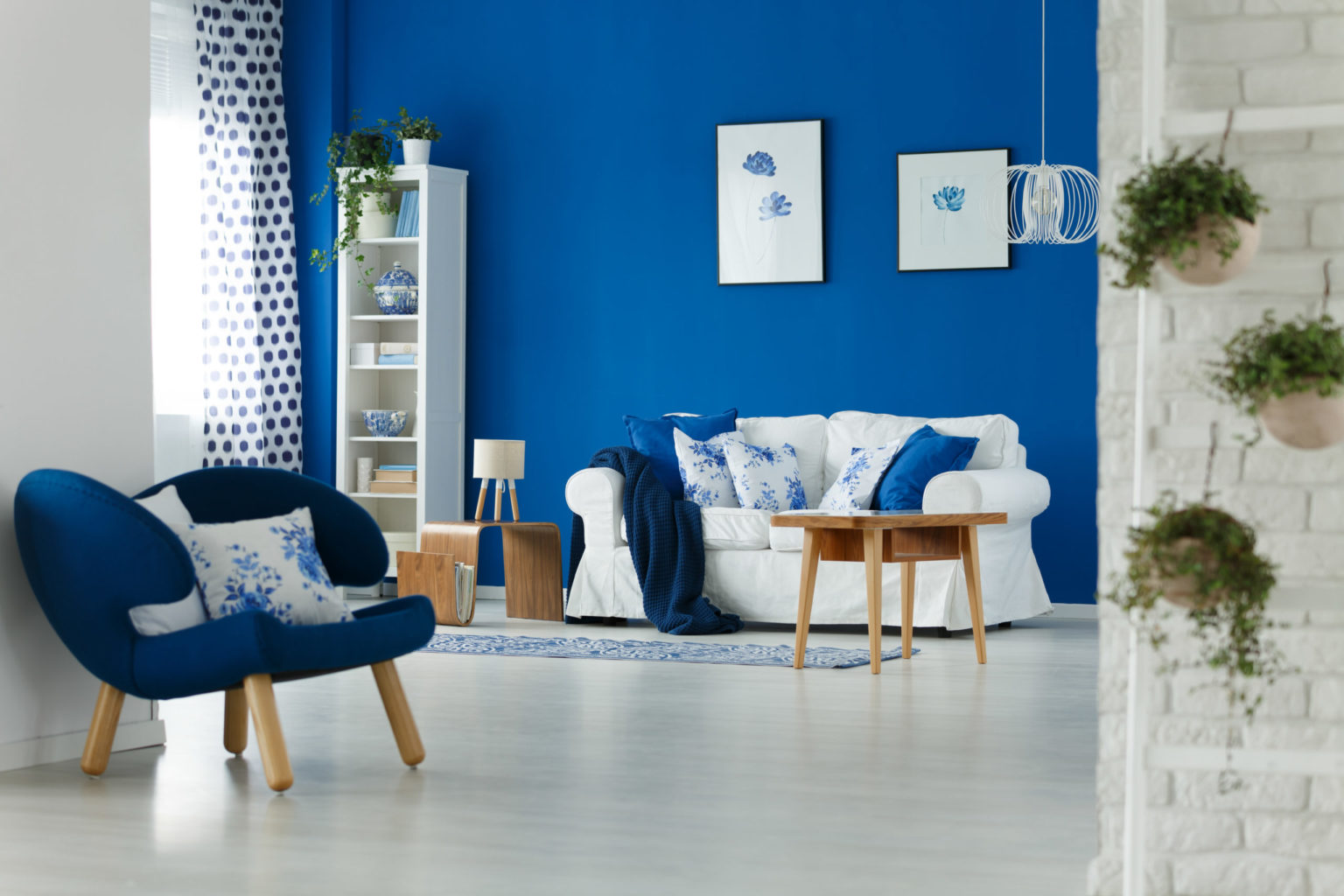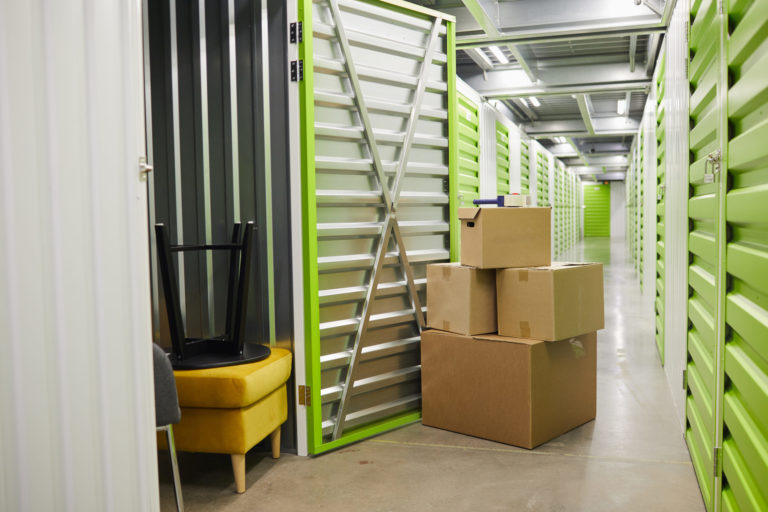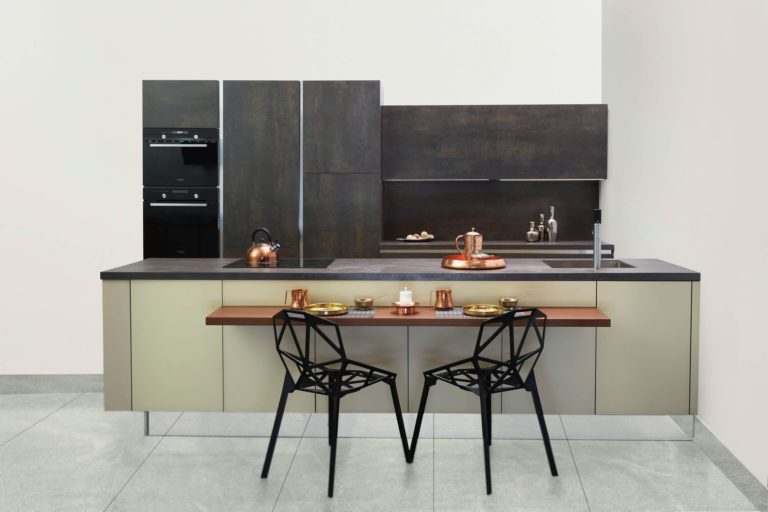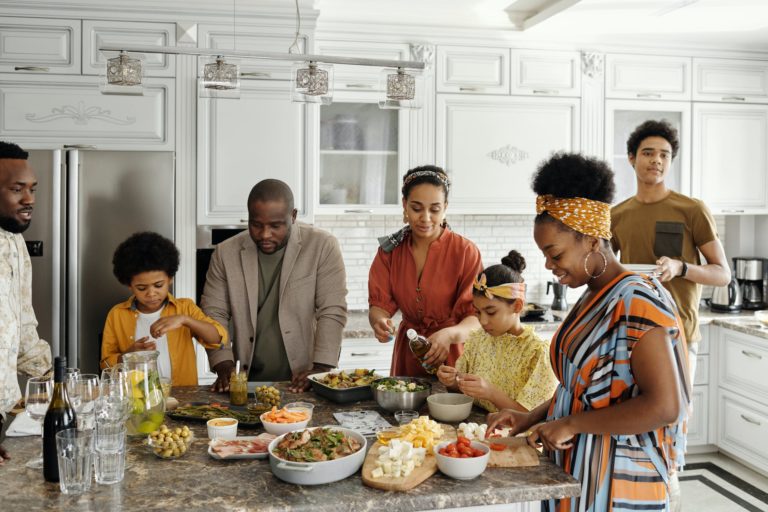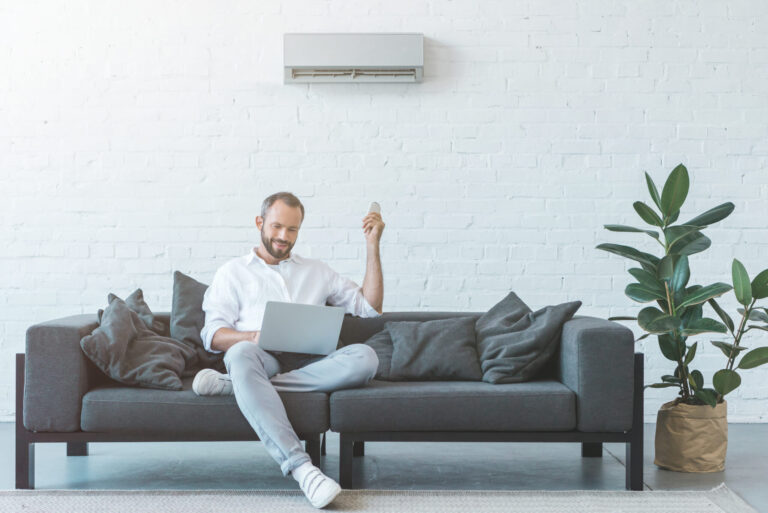Interior design goes beyond all the latest home decor trends for your new home. At the core of interior designing is the need to blend aesthetics and usability to create functional spaces. Interior design is an art as much as a science and, when done right, can be a great way to enjoy a particular space. Here’s a comprehensive guide to interior design.
Greenery
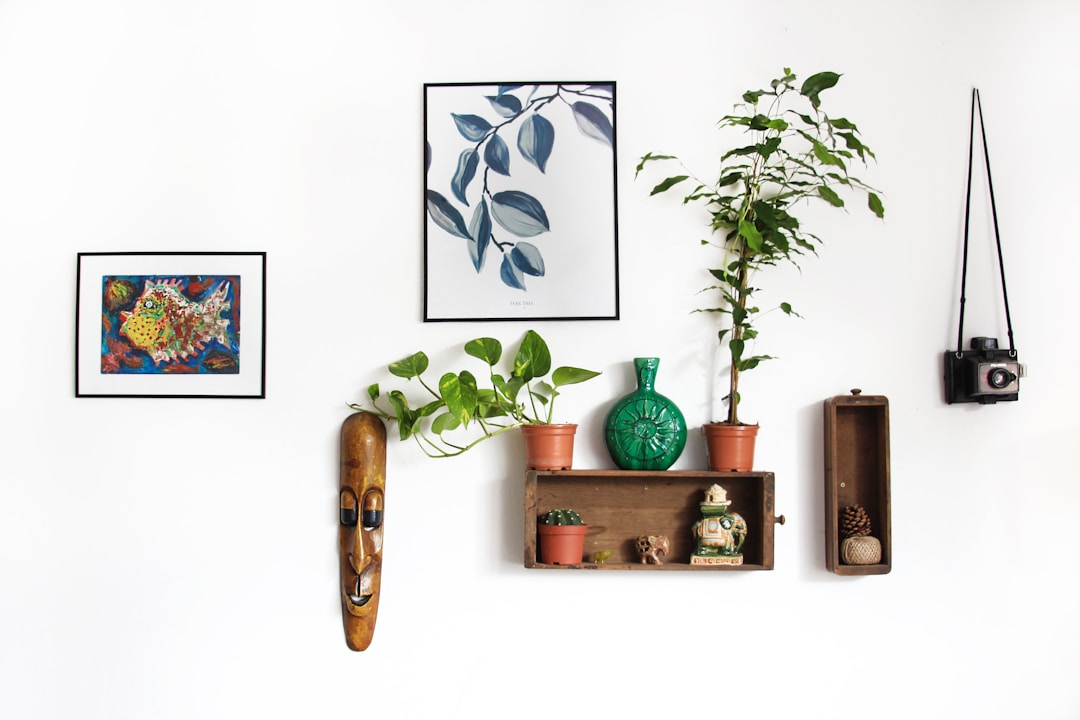
If greenery is not one of the first things that come to mind when you think of interior design, it might not be too late for a rethink.
Greens bring spaces to life. Waking up to bright sunflowers in a vase is a feeling homeowners often see as a luxury instead of a necessity. As an interior designer, matching space with the perfect plant is a skill that can have several benefits for your clientele. You can talk of house plants helping with humidity or fresh flowers impacting happiness and moods.
It pays to have live flower delivery service partners that can manage strict plant delivery timelines. The usual template often is to opt for synthetic flowers because of the supposed stress in cultivating beautiful flowers from scratch. Today, there are several convenient methods to leverage for an indoor plant to bloom. As a beginner, the right place to start can be to enlist an online florist capable of making beautiful floral arrangements and providing plant care advice.
Space
Management of physical space is a top priority for most interior designers. It’s almost like a chess game: Every move counts. How you place a piece of furniture can either open up a space or restrict it for the person you’re working for. Beyond the arrangement of things, the accessories you choose also matter.
For many designers, a long short dresser can afford any living room a modern style and function. A double dresser with small drawers can also be an excellent alternative for kitchens. Beyond the glam, what’s essential is the build quality of accessories. That’s why mahogany is often a top pick for the wood needs of several designers. Furniture made of mahogany is often durable and comes with a rich finish.
Color and Fabrics
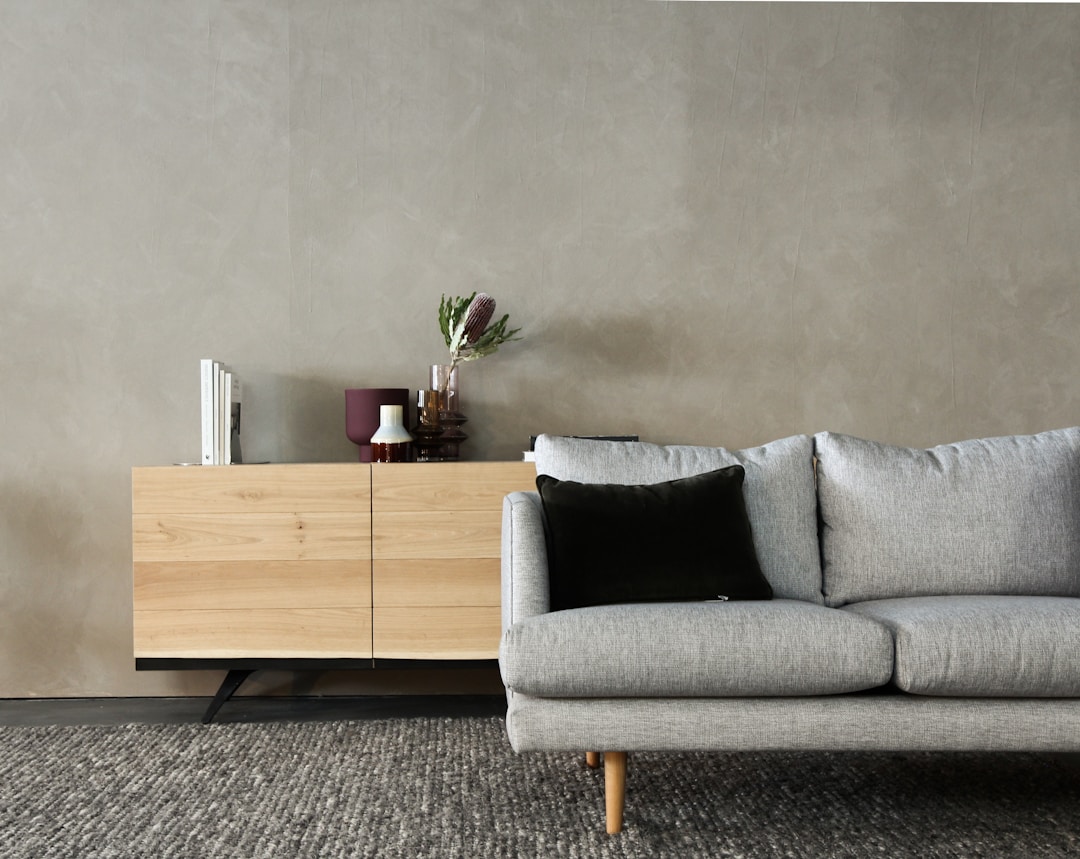
Color is an essential element in the interior design process. The choice of color for a space can either create a lasting impression on an individual or mar the experience entirely. In making color choices, it pays to listen to the users of the space rather than merely following trends. For instance, if the user is a minimalist, using overly bright and piercing colors may be a problem.
Using colors that are comfortable to the eye, like teal, can churn positive client results. Teal also comes in many shades, so shelves can take a lighter shade while an outdoor bench takes a deeper shade, ultimately creating a uniform color experience. You can also look for the materials used for household items. Essential factors to consider can be clean lines, roundedness, texture, or others that ensure good quality and give things a timeless look.
Waste Management
In interior design, even the fillings from a solid wood used for your furniture can be of some benefit. As an interior designer, it’s essential to rethink waste. As much as possible, reduce and reuse. In the U.S and many other countries, waste management has become a pressing concern. And the last thing the world needs is people like architects and interior designers who shape physical spaces to ignore the call for sustainability in this 21st century.
Functionality and Productivity.
Interior design stretches the limits for which we can use an indoor space. Designers often make the mistake of prioritizing aesthetics and neglecting other key design areas. But in creating indoor spaces, it pays to think about functionality and productivity. Give users easy access to their surroundings and focus on multiple storage options to avoid cluttered spaces after settling in.

